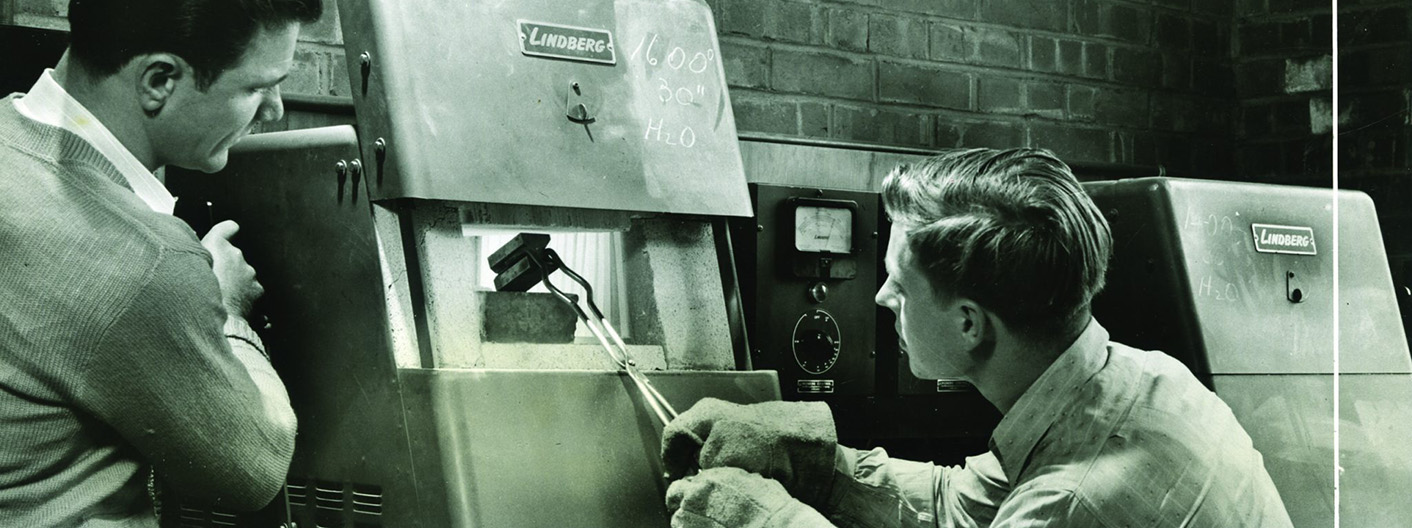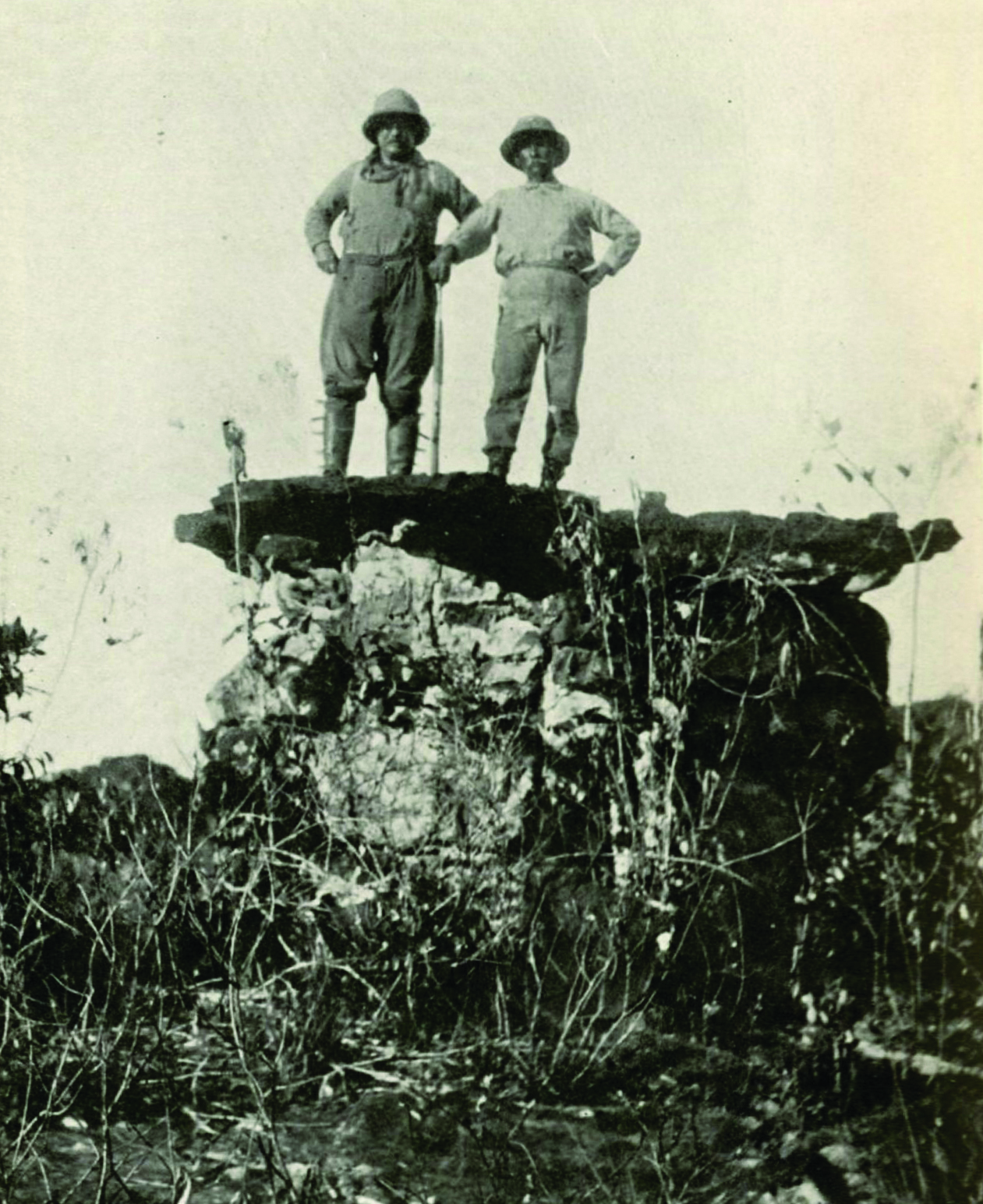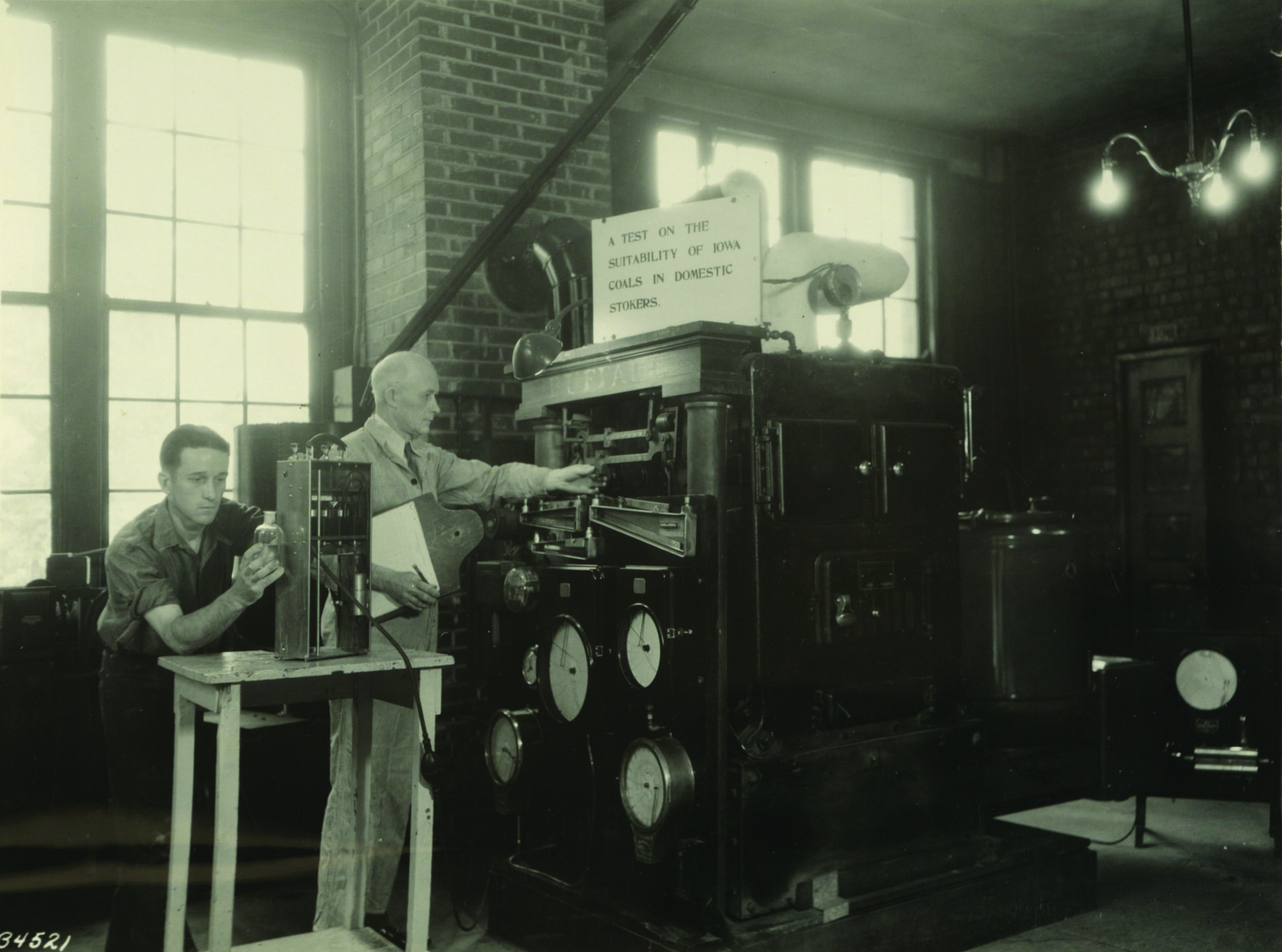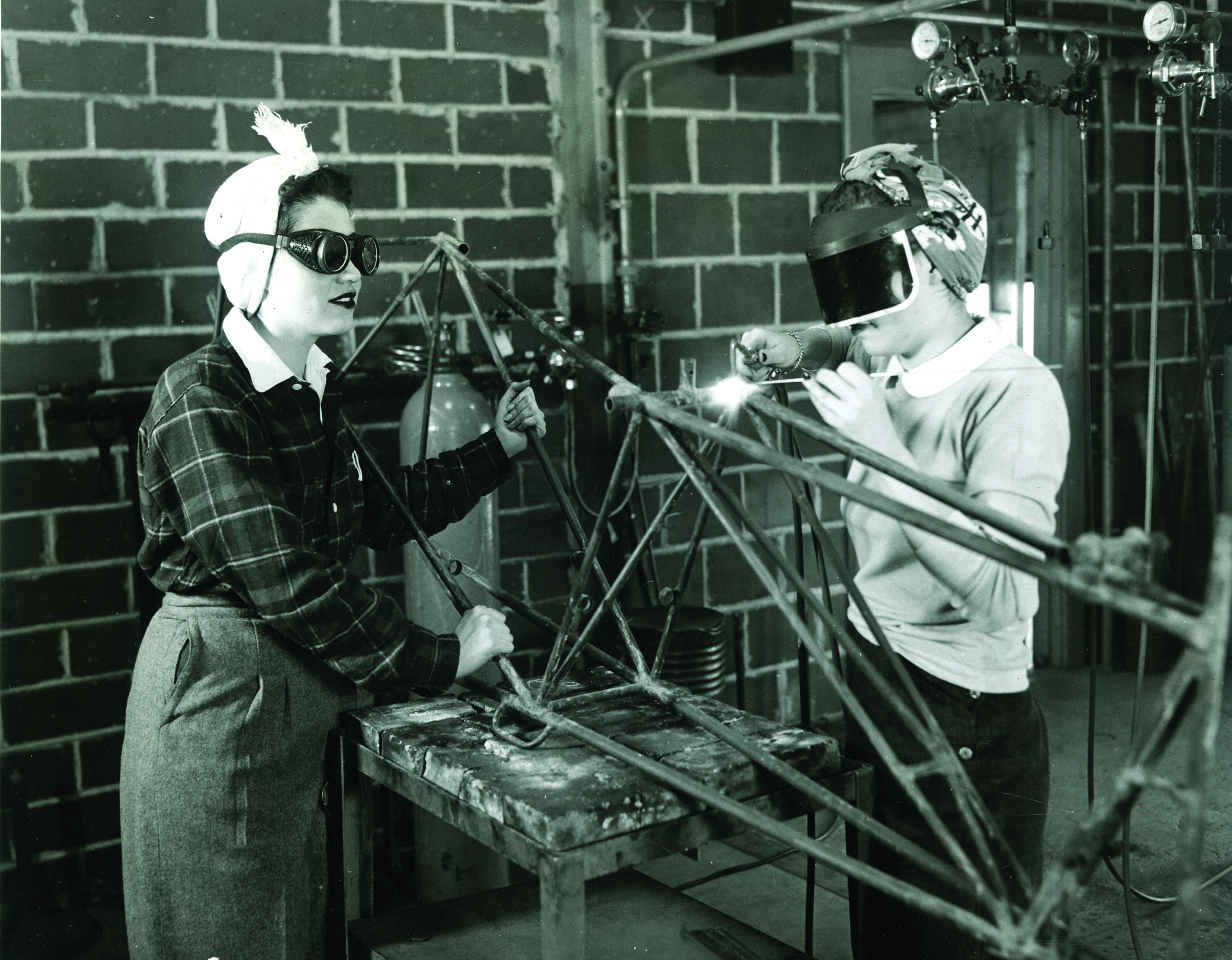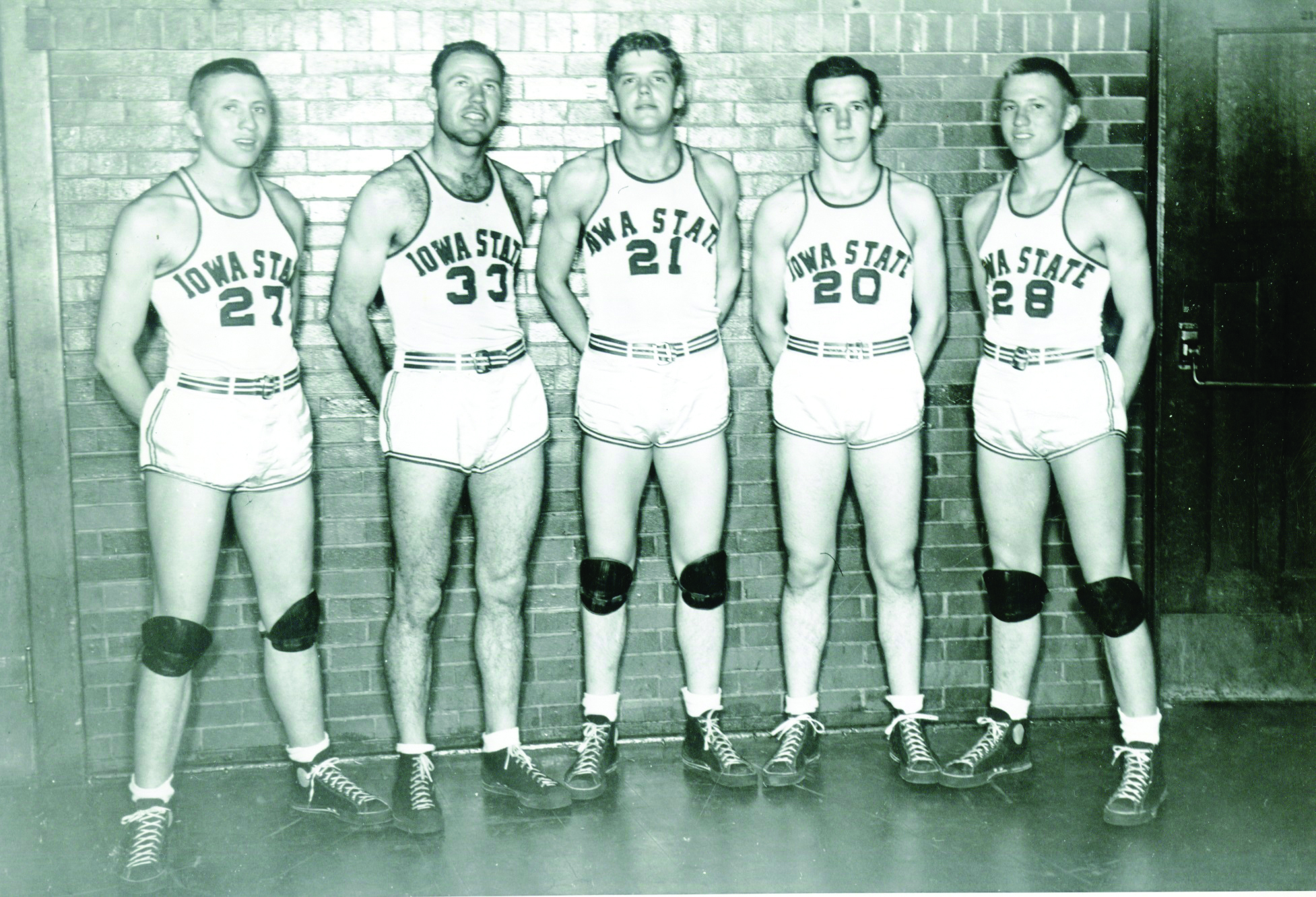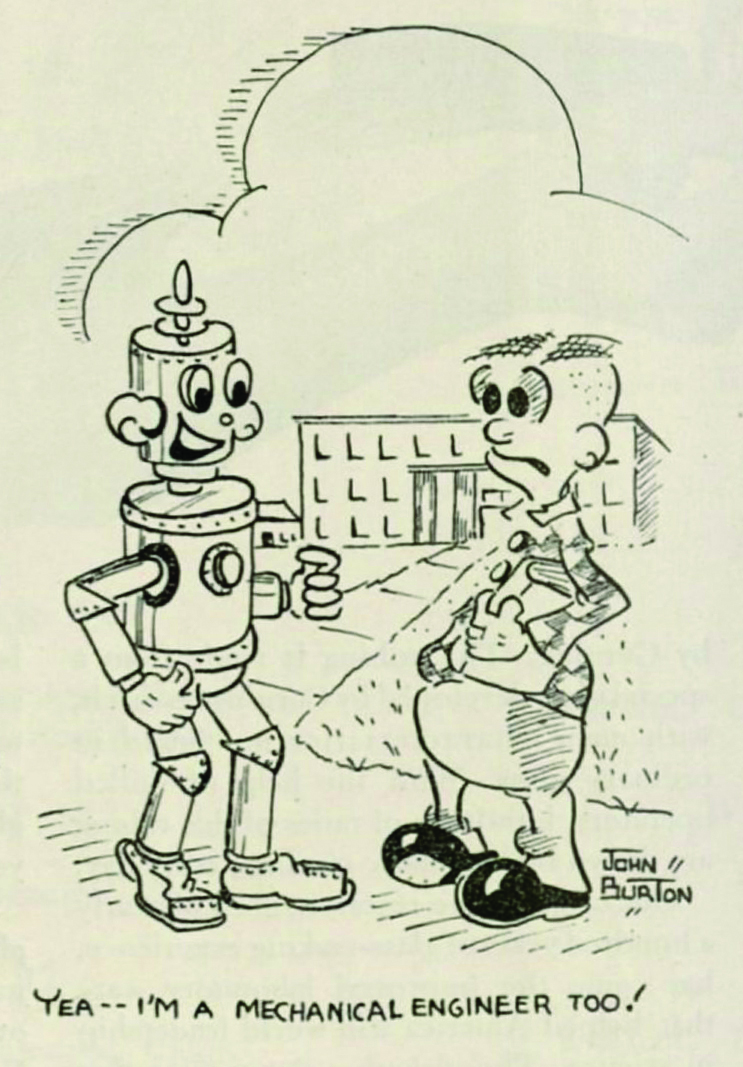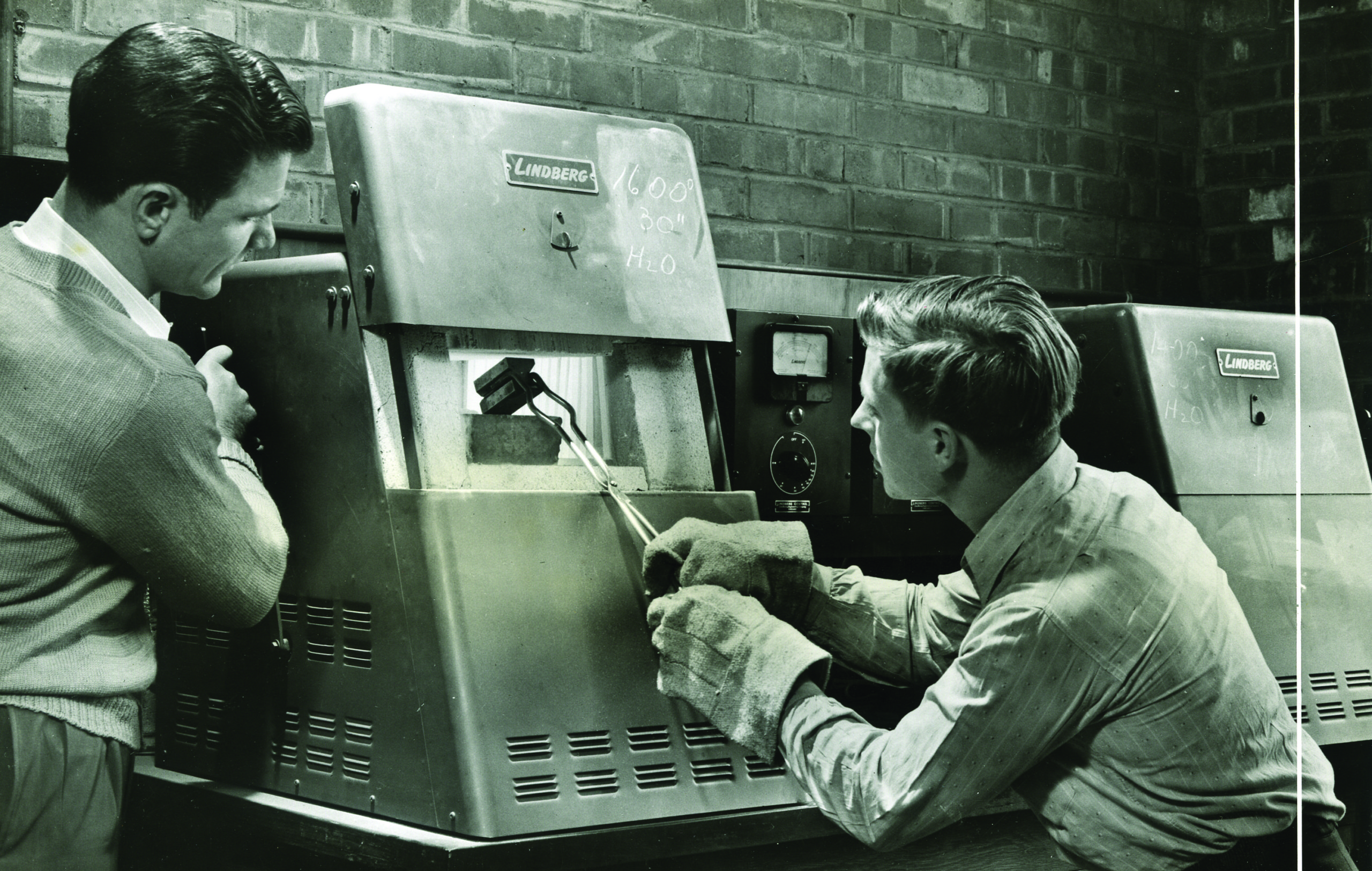Milestone Timeline
1885 | ME professor Norman C. Bassett made a major change to the department’s teaching focus, allowing students to use or donate the products they manufacture in the ME shops
1895 | Elmina Wilson, a drawing instructor, became the department’s first female faculty member
1908 | Florence Kimball graduated with her ME degree, making her the department’s first female alumna
1914 | Walter Madison graduated with his ME degree, making him the department’s first African American alumnus
1918 | ME chair Warren Meeker led the program that provided roughly 500 enlisted men with training in machine shop, auto mechanics, and repair processes as part of the war effort
1922 | The ME float won first place during the inaugural VEISHEA parade
1944 | ME student Bob Sauer was part of the Iowa State Cyclone team that made it to the Final Four of the college basketball tournament
1953 | Iowa State conferred its first PhD degrees in mechanical engineering
1970 | ME grad and former Cyclone lineman Ed Bock became the first Iowa State player inducted into the College Football Hall of Fame
1974 | ME grad Berkley Bedell was elected to the U.S. House of Representatives, representing Iowa’s 6th congressional district from 1975 to 1987
1980 | ME grad Thomas Evans was elected to the U.S. House of Representatives, representing Iowa’s 3rd congressional district from 1981 to 1987
2003 | ME professor and alum Judy Vance became the first female to chair an engineering department at Iowa State. She was also the department’s first female, tenured faculty member
2008 | The Women in Mechanical Engineering (WiME) group was formed at Iowa State
2016 | Iowa State surpassed Georgia Tech to become the nation’s largest undergraduate mechanical engineering department
2017 | Iowa State’s PrISUm solar car traveled to Australia to compete in the Bridgestone World Solar Challenge

